From the exhibition Daa.era © Abeer Khan
On show until 05 January at the State Gallery of Art, Madhapur, and other venues across Hyderabad, Indian Photo Festival is celebrating its 10th anniversary with an open and welcoming edition
Held in Hyderabad since 2015, Indian Photo Festival is the country’s longest-running international photography festival. Hosting images from around the world plus screenings, talks, workshops, book launches, and portfolio reviews, the festival gives locals the opportunity to see global photography, with the exhibitions this year including National Geographic Explorer Chris Rainier’s Mask, a 30-year retrospective; Italian Maurizio Di Pietro’s Zero Hunger, on attempts to reduce food-poverty by harnessing insect protein; and Brazilian/Uruguayan photographer Pablo Albarenga’s Seeds of Resistance, a documentation of indigenous communities in the Amazon, and their close ties with their environment.
“Festival-goers, especially photographers, are excited to see what their peers from other parts of the world are creating,” explains Aquin Mathews, director of Indian Photo Festival. “A lot of the international work feels relevant on a global scale, and it really resonates with the local audience.”
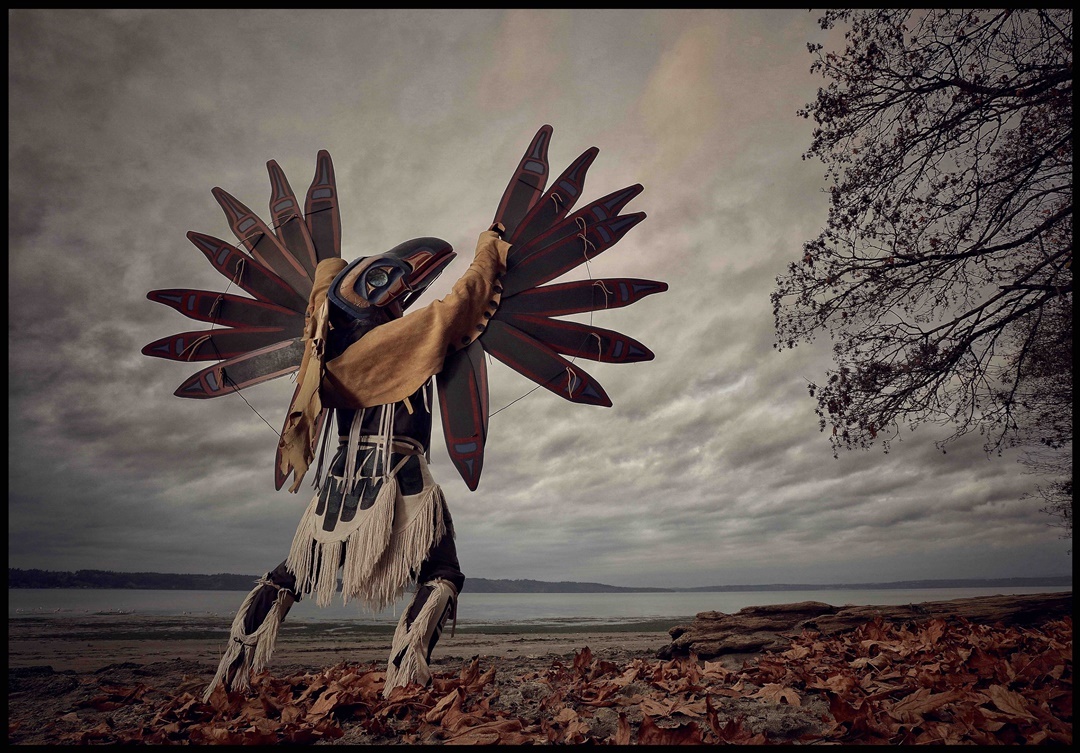
“Festival-goers, especially photographers, are excited to see what their peers from other parts of the world are creating”
Mathews adds that it’s exciting to mix international and local artists, however, and this edition of the festival includes exhibitions of both archival and contemporary work from India. It goes back to the 19th century with Reflections of an Era: The Photography of Maharaja Bir Chandra Manikya, for example, gathering work made by the King of Tripura, who lived from 1837-1896, and is said to have been one of the first in India to buy a camera. Initially experimenting with daguerrotypes, he progressed to wet plates and dry plates as photographic technology evolved, and taught his children and wife how to prepare and make images; he also organised India’s first photography exhibitions in his palace.
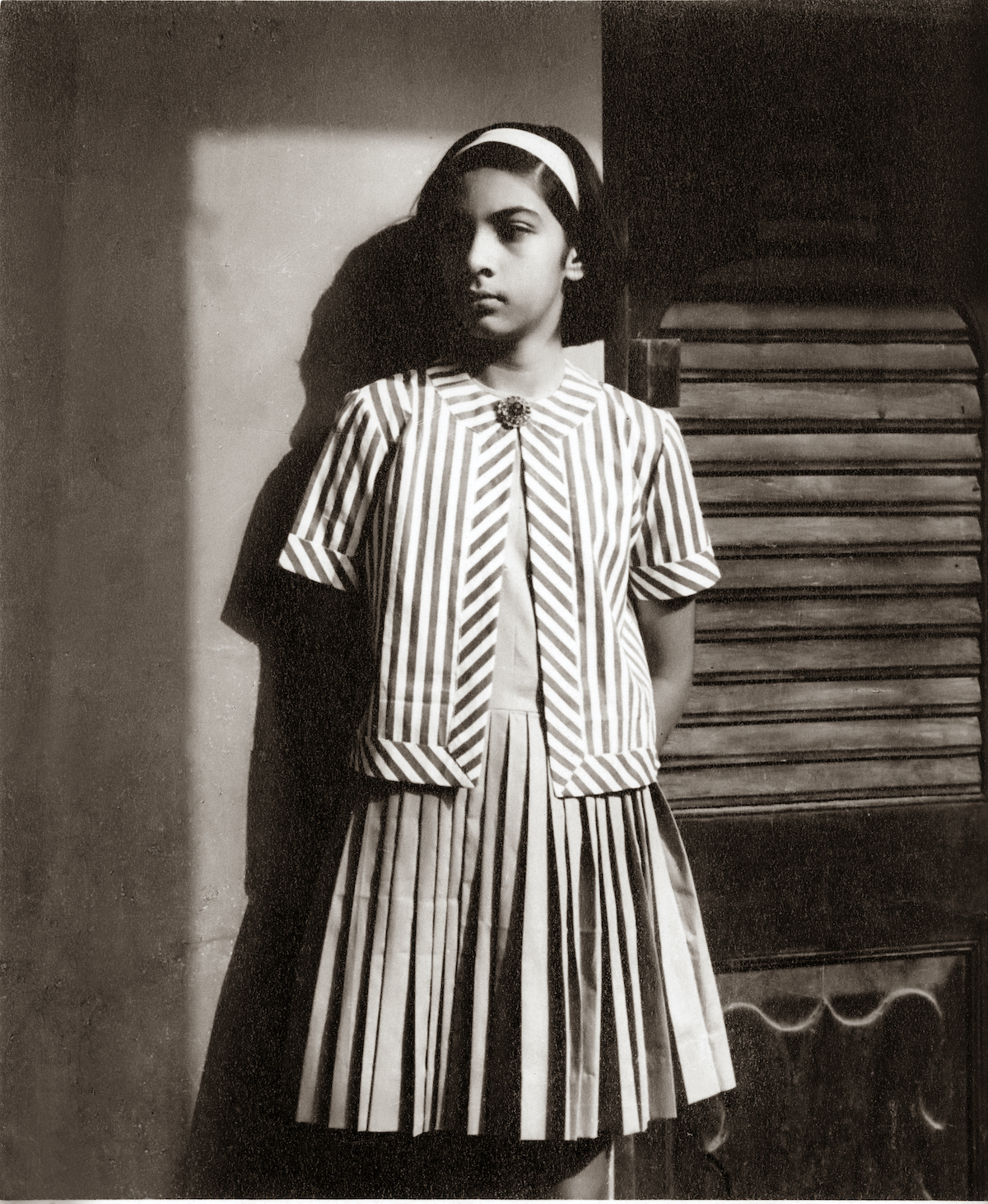
The exhibition Twin Sisters with Cameras moves to the mid-20th century, collecting work made by Debalina Mazumder and Manobina Roy, from experiments with light and form in the 1930s, to portraits of family and friends around their homes in Calcutta and Bombay, to glimpses of London, Paris, Geneva and even Russia in the 1960s. Born in Dacca in 1919, the sisters were gifted an Agfa Brownie at the age of 12 by their father, who was also a photographer, and by 1940 had progressed far enough to publish their work.
The exhibition The Legacy picks up from the 1980s, meanwhile, gathering work by legendary photojournalist Mukesh Parpiani. Starting his career with The Daily in [what was then] Bombay in 1981, Parpiani went on to shoot for The Indian Express, before shaping the careers of a new generation as picture editor of Mid-Day, and overseeing the newspaper’s move to digital cameras.
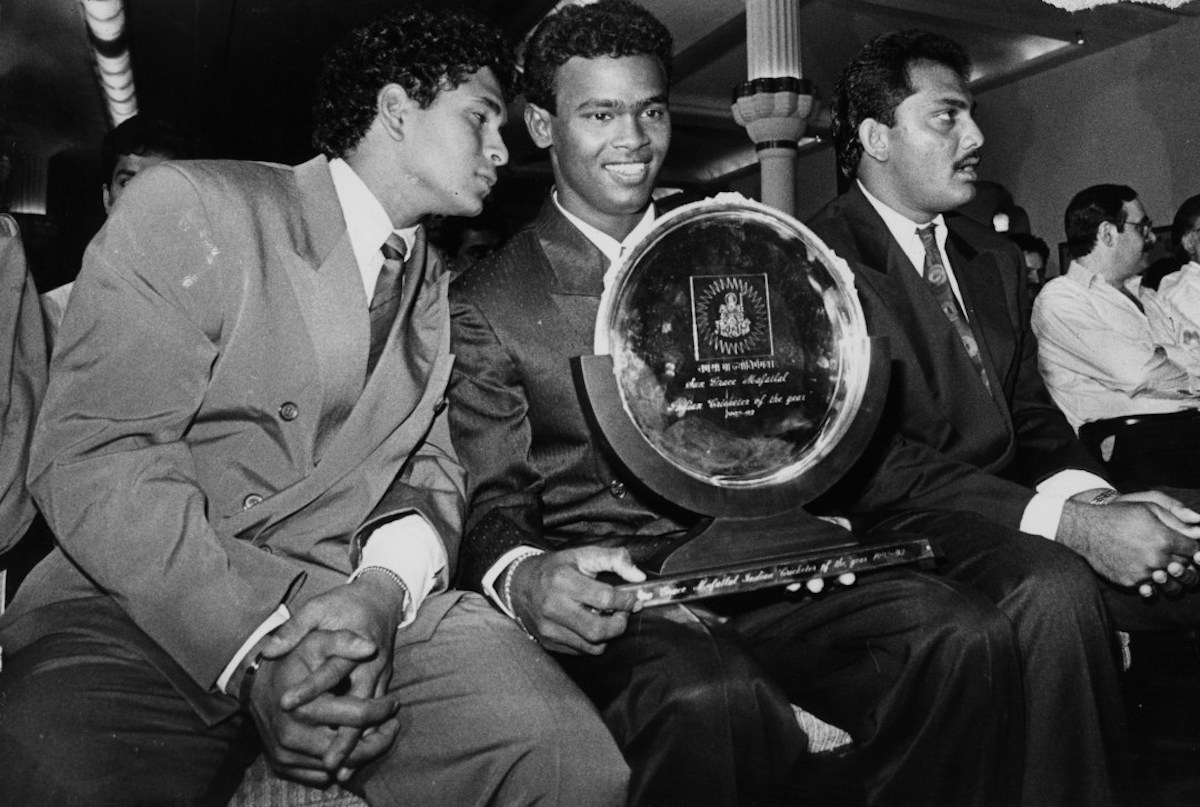
Smells Like Home by Shubhadeep Mukherjee is a contemporary project mixing archival images with drawing, painting, text and sound to tell stories of lost homes – specifically narratives from the partition of India in 1947. The project is rooted in Mukherjee’s father’s experience, after he was compelled to migrate from what is now Bangladesh to India at the age of five; taking a child’s perspective, the series highlights how “amidst sorrow, a child’s heart can find joy – memories that make an unfamiliar land feel like home”, says the artist. His project has expanded to encompass the stories of many other migrants who have had similar experiences, he adds, and he hopes to one day publish it as a book.
Abeer Khan is a self-taught photographer and film-maker, whose work moves between documentary and fiction. Born and raised in Mumbai, she is showing an evocative series titled Daa.era, which was inspired by her grandmother but made after Khan lost both parents. “During Eid, regardless of whether someone had passed away that year, my grandmother, a symbol of strength, upheld a simple yet profound ritual,” the artist writes. “Amidst challenges, she would bathe, change into a fresh dress, and prepare a sweet dish. She would say, ‘Yes, the dead are gone, but I am large enough to hold death and life within me. I am still alive.’ This ritual embodies the essence of ‘Daa.era’ – embracing life while acknowledging circumstance.”
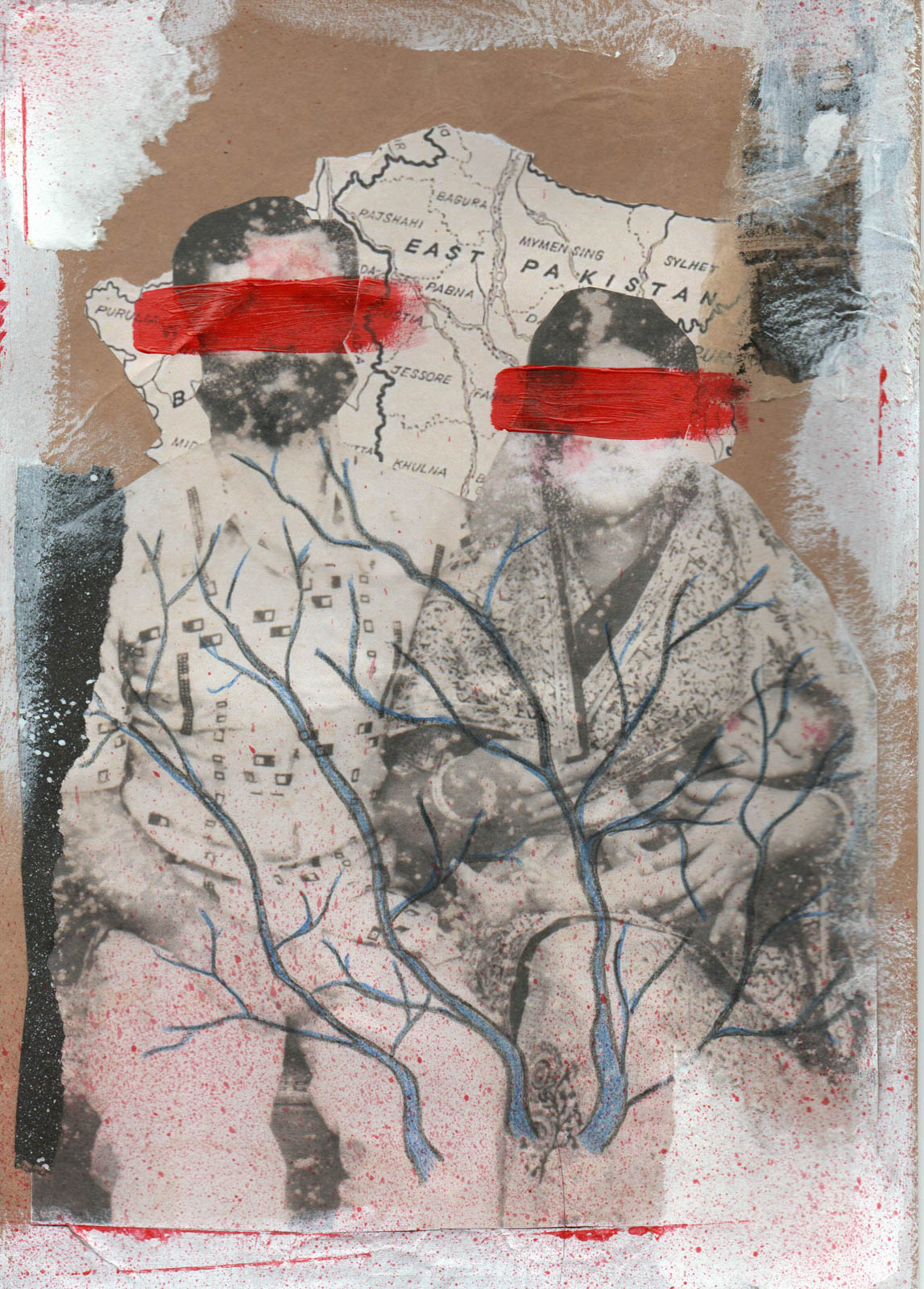
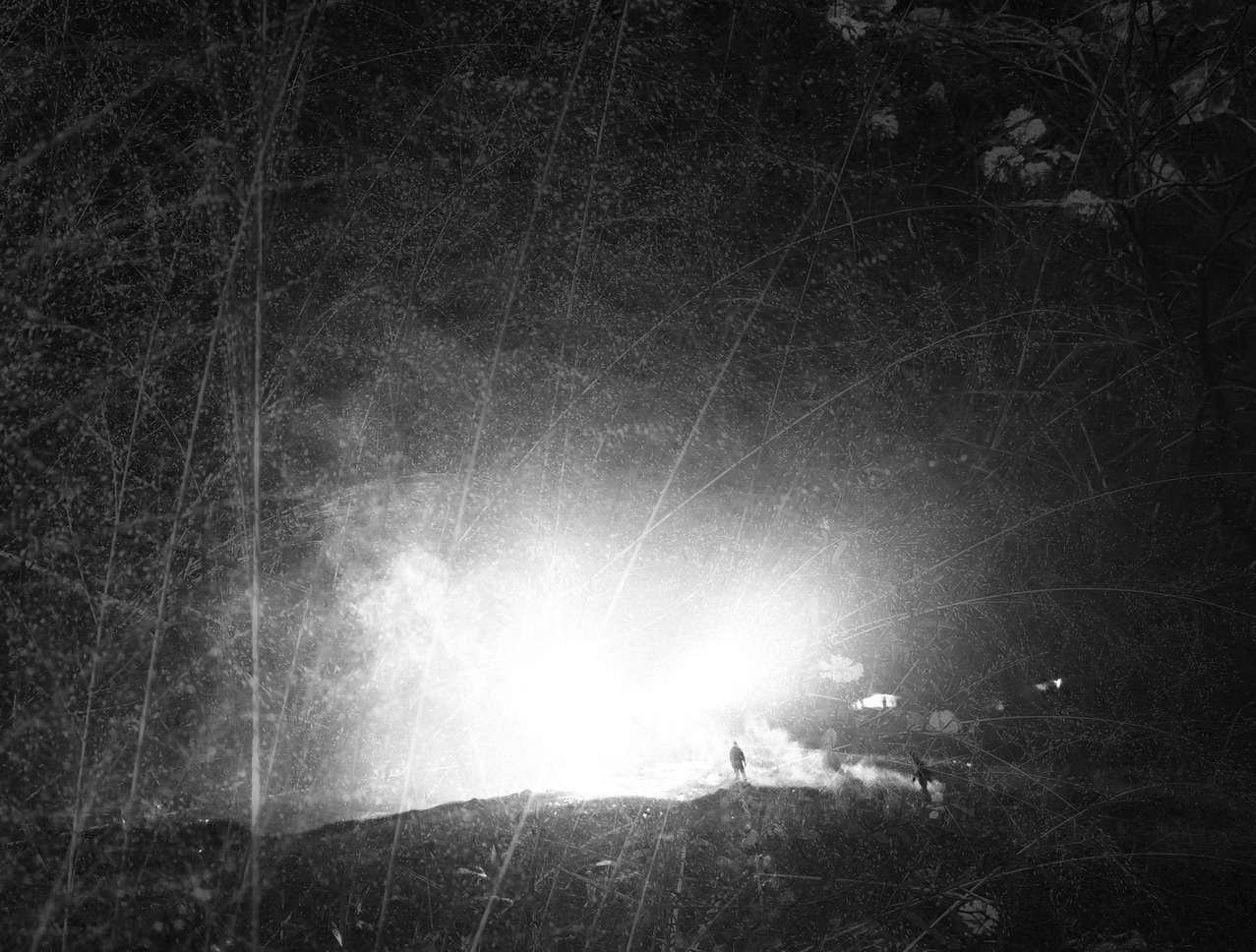
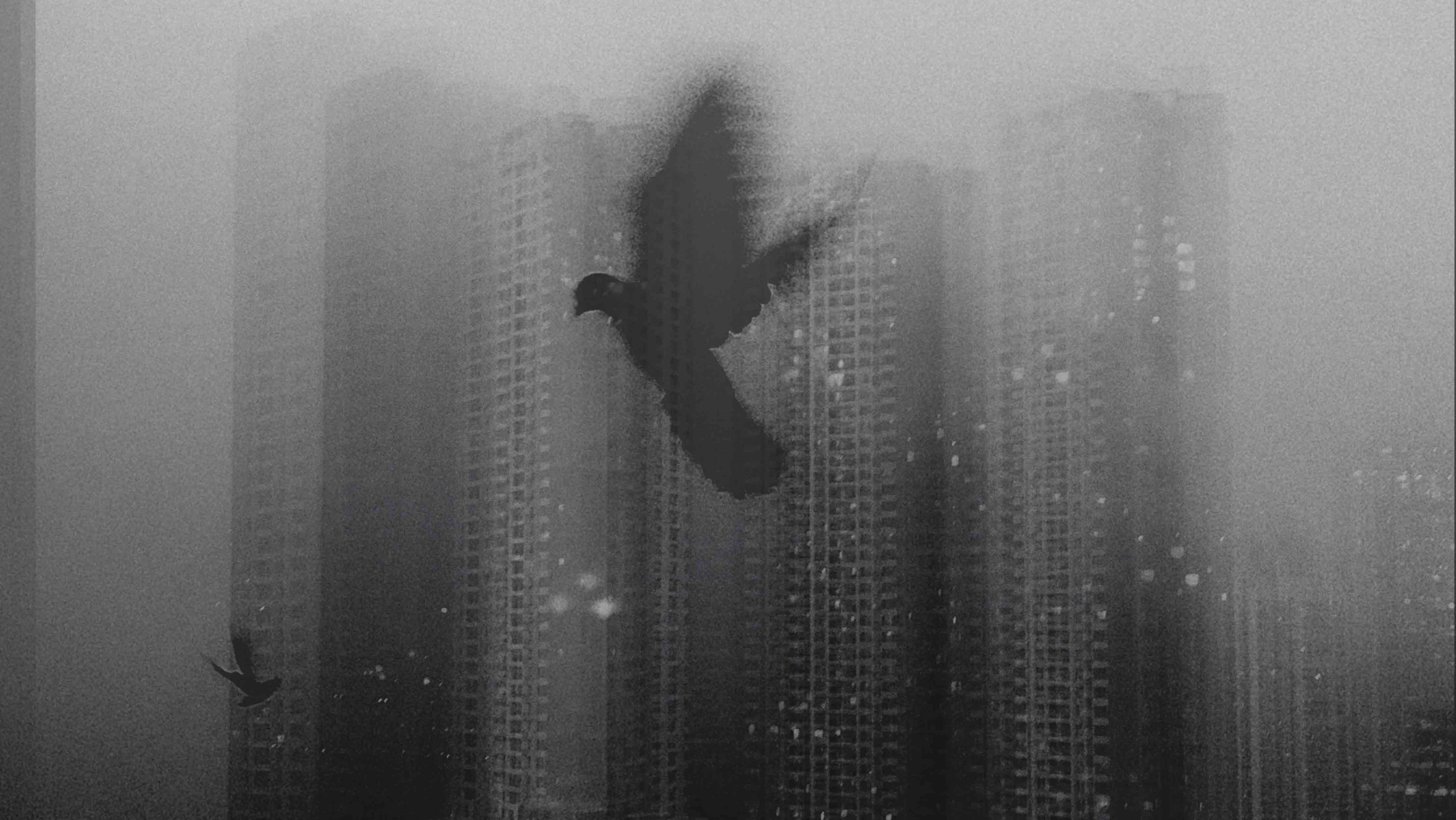
Elsewhere, Indian Photo Festival offers many image-makers important first opportunities via group shows on topics such as shooting the land or wildlife photography; in addition, it is presenting an exhibition of work around violence against women, presented by the group Professional Female Photographers of India. Indian Photo Festival is also continuing its association with BJP, hosting the Portrait of Humanity single image winners, plus the series awardees Camille Gharbi, Seif Kousmate, and Andres Mario de Varona.
Gharbi’s project, Matres Mundi, shows women in one of France’s poorest towns who have banded together to make a living by selling food; Kousmate’s formally experimental series WAHA, explores the relationship between people and the environment at Morocco’s threatened oases. De Varona’s No More Mud in Our Eyes documents his friend Aaron Garcia, meanwhile, an American with Native American heritage, whose alternative life attracted the photographer’s admiration but strangers’ derision.
Indian Photo Festival’s 2024 educational programme includes a two-day workshop lead by Magnum photographer Matt Black only open to photographers from India, meanwhile, which was offered free of charge to selected participants; the exhibitions are also open free of charge. The result is festival that is open and welcoming, in terms of subject, matter, approach, and artists on show. “We keep the theme open, so the festival features a wide variety of work, from photojournalism and documentary to fine art, portraits, landscapes, street photography, and more,” notes Mathews.
“And, along with direct invites to established artists, we bring in artists through an open call, which attracts many up-and-coming photographers from all over the world.”
Indian Photo Festival 2024 is open until 05 January www.indianphotofest.com

